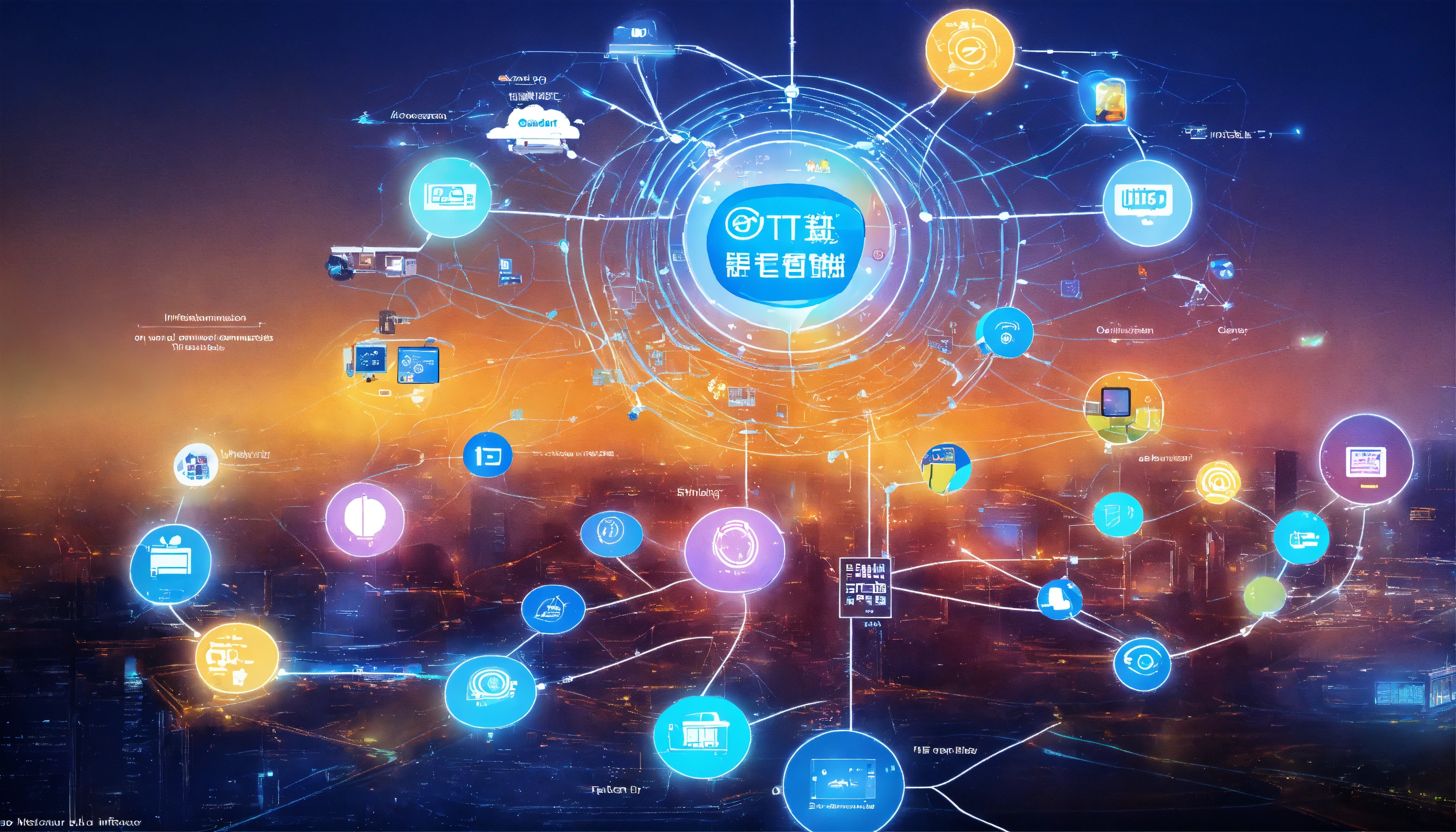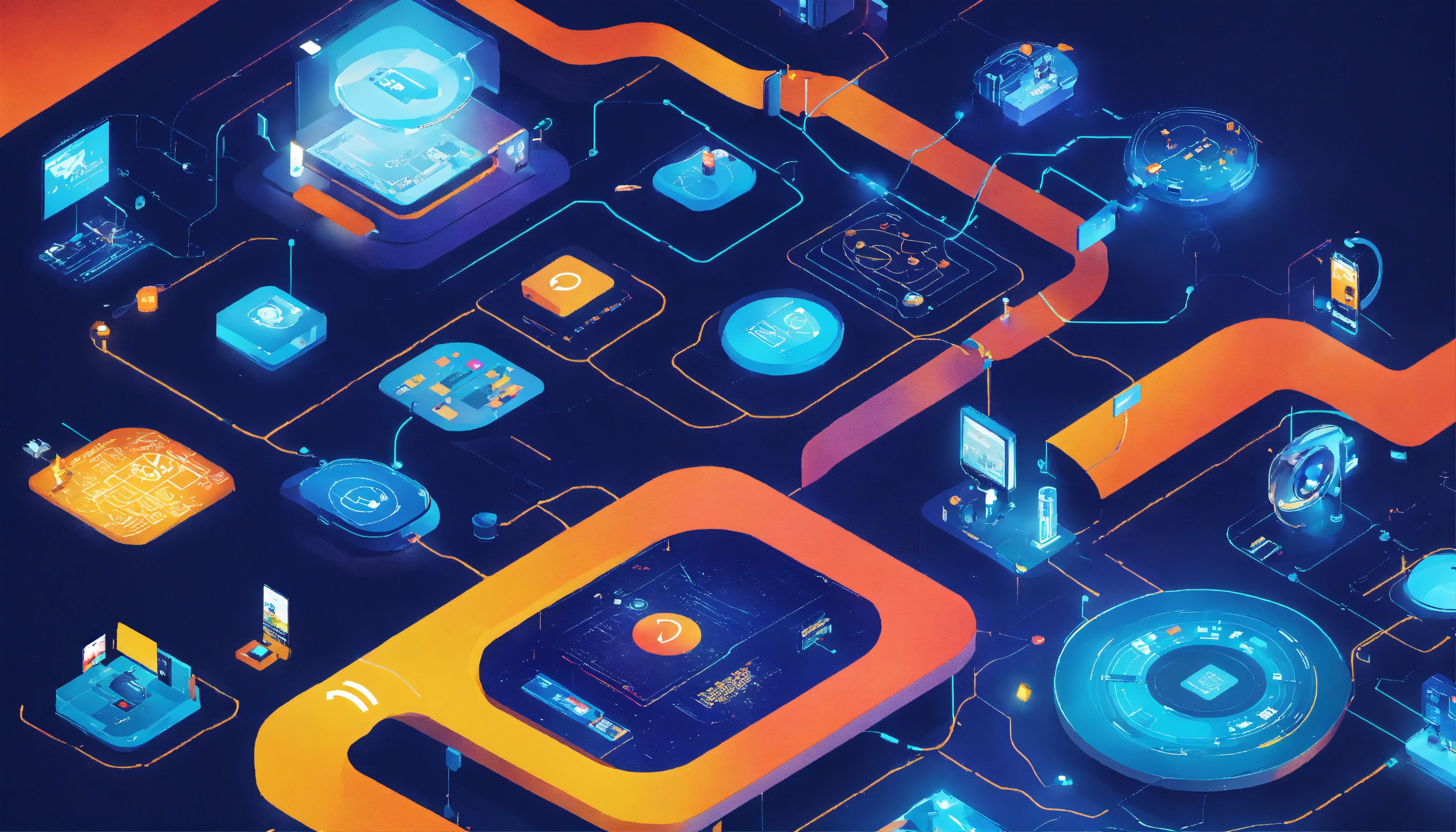Introduction
In today’s fast-paced digital world, businesses rely on advanced software solutions to streamline operations and improve customer interactions. Two of the most crucial systems in this regard are ERP (Enterprise Resource Planning) and CEM (Customer Experience Management). While both play essential roles in business success, they serve distinct functions and have different impacts on an organization.
This article will explore the differences between ERP and CEM, how they benefit businesses, and why choosing the right system is crucial for growth.
What is ERP?
ERP (Enterprise Resource Planning) is an integrated system that helps businesses manage various core processes, such as accounting, inventory management, supply chain operations, human resources, and financial planning. The goal of ERP is to centralize data, streamline workflows, and improve overall efficiency.
Key Features of ERP
- Financial Management: Helps businesses handle budgeting, forecasting, and financial reporting.
- Supply Chain Management: Tracks inventory, procurement, and logistics.
- Human Resources Management: Automates payroll, employee records, and performance management.
- Manufacturing and Production Planning: Enhances production scheduling and workflow automation.
- Reporting and Analytics: Provides real-time insights into business operations.
Benefits of ERP
- Improved Efficiency: Automates repetitive tasks, reducing manual labor.
- Better Data Accuracy: Centralized database ensures consistent and reliable information.
- Enhanced Decision-Making: Real-time reports help managers make informed choices.
- Cost Reduction: Minimizes operational costs by optimizing resource allocation.
What is CEM?
CEM (Customer Experience Management) focuses on enhancing interactions between businesses and customers to create a seamless and personalized experience. It involves analyzing customer behavior, preferences, and feedback to improve satisfaction and loyalty.
Key Features of CEM
- Customer Journey Mapping: Tracks every touchpoint in the customer lifecycle.
- Personalization: Uses AI and analytics to deliver tailored experiences.
- Multichannel Engagement: Manages interactions across social media, email, chat, and phone.
- Customer Feedback Analysis: Collects and interprets feedback to improve services.
- Predictive Analytics: Anticipates customer needs based on historical data.
Benefits of CEM
- Increased Customer Satisfaction: Ensures smooth and meaningful interactions.
- Higher Retention Rates: Strengthens brand loyalty through personalized experiences.
- Better Brand Reputation: Positive customer experiences lead to strong word-of-mouth marketing.
- Data-Driven Strategies: Helps businesses refine marketing and sales tactics.
ERP vs. CEM: The Key Differences
While ERP and CEM are both essential for business growth, they serve different purposes. Here’s a comparative analysis:
| Feature | ERP | CEM |
|---|---|---|
| Primary Focus | Internal business processes | Customer interactions and experience |
| Users | Employees, management | Customers, marketing, and sales teams |
| Functionality | Operations, finance, HR, supply chain | Customer engagement, feedback, personalization |
| Goal | Efficiency, cost reduction, scalability | Customer satisfaction, loyalty, retention |
| Data Analysis | Business performance insights | Customer behavior insights |
Do Businesses Need Both ERP and CEM?
The short answer is: Yes! While ERP optimizes internal operations, CEM ensures that customers remain engaged and satisfied. Businesses that integrate both systems benefit from a comprehensive approach to efficiency and customer experience.
How ERP and CEM Work Together
- Data Synchronization: ERP provides insights into inventory and logistics, while CEM ensures customers receive timely updates on their orders.
- Improved Customer Support: CEM collects feedback on product quality, which can be analyzed in ERP to enhance production standards.
- Personalized Marketing: Data from ERP can be used in CEM strategies to create more targeted campaigns.
- Seamless Sales Processes: A well-integrated system ensures that customer orders are processed efficiently with minimal errors.
Choosing the Right System for Your Business
Every business has unique needs, and selecting the right system depends on factors such as size, industry, and business goals. Here’s a quick guide:
- If your company struggles with operational inefficiencies, an ERP solution is a must.
- If you want to enhance customer relationships and improve loyalty, investing in a CEM system is crucial.
- For businesses looking to scale, integrating both ERP and CEM can drive overall growth and customer satisfaction.
Top ERP and CEM Software Solutions
Some of the most popular ERP software solutions include:
- SAP ERP
- Oracle NetSuite
- Microsoft Dynamics 365
- Odoo
- Acumatica
Leading CEM platforms include:
- Salesforce Customer 360
- Adobe Experience Manager
- HubSpot CRM
- Zendesk
- Qualtrics CustomerXM
Conclusion
Understanding the differences between ERP and CEM is essential for business success. While ERP streamlines internal operations, CEM ensures a top-notch customer experience. Businesses that leverage both systems gain a competitive edge, enhancing efficiency and customer satisfaction simultaneously.
By choosing the right technology and integrating ERP and CEM, companies can create a seamless workflow that drives profitability and long-term success. Whether you’re focused on optimizing internal processes or building stronger customer relationships, these systems play a crucial role in modern business strategy.

